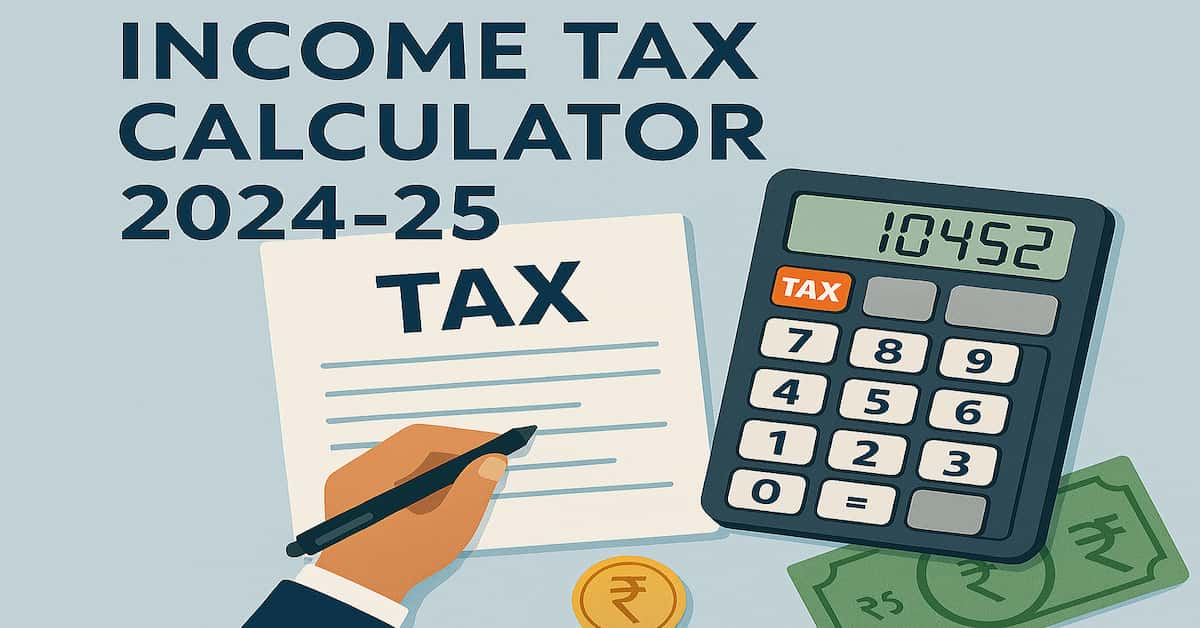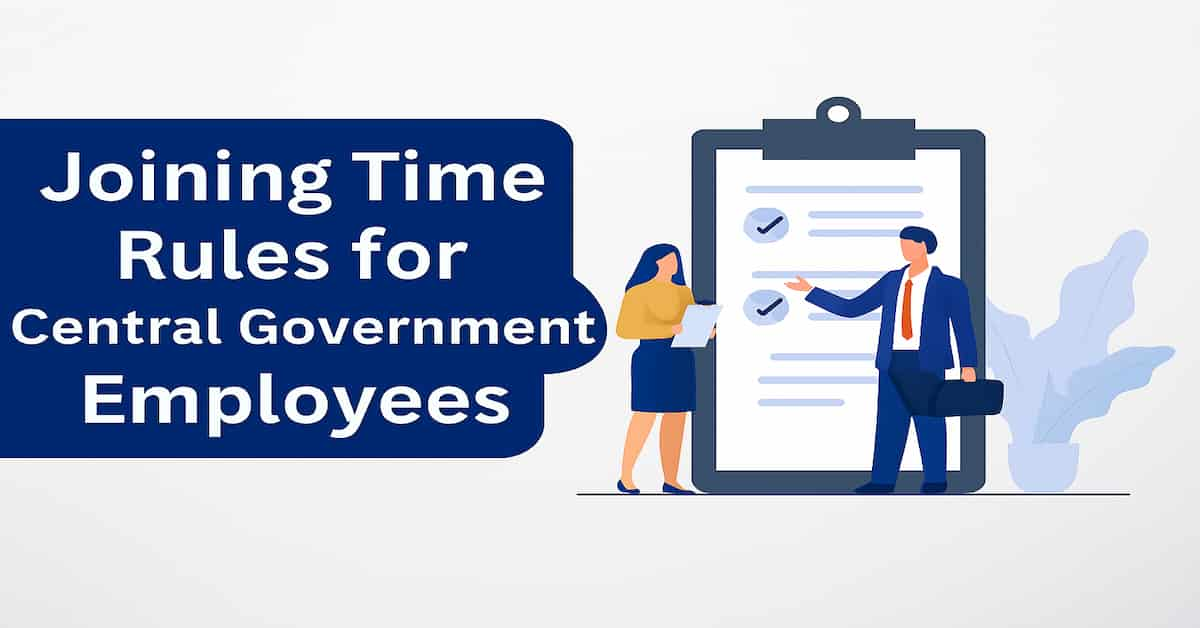Dearness Allowance for Government Employees is an important component of their salary in India, and it is paid to them every month along with their salary.
It helps to compensate for the impact of inflation on their income. The DA is calculated as a percentage of an employee’s basic pay and is typically reviewed and revised on a periodic basis.
Table of Contents
- 1. What is Dearness Allowance for Government Employees?
- 2. How Does the Government Calculate Dearness Allowance as a Percentage?
- 3. How to Calculate DA in Salary?
- 4. What is Variable Dearness Allowance
- 5. Dearness Allowance for Pensioners
- 6. Merger of DA with Basic Pay
- 7. Differences between Dearness Allowance (DA) and Dearness Relief (DR)
- 8. 7th Pay Commission Dearness Allowance and DA Rates Table PDF
- 9. Current DA Rate and Latest order
- 10. Conclusion
- 11. FAQs related to Dearness Allowance for Government Employees
In this article, we will take a closer look at the concept of DA and how it is calculated and paid to government employees, with a focus on the provisions of the 7th Central Pay Commission (CPC).
Also Read- > Calculate Salary of a Government Employee as per 7th CPC > Holiday Homes Online Booking on E-Sampada Portal
Also we will talk on other important topics related to Dearness Allowance.
So let’s see what are the calculations related to Dearness Allowance for Government Employees.
What is Dearness Allowance for Government Employees?

Dearness Allowance (DA) is a cost-of-living adjustment allowance paid to government employees, pensioners, and other beneficiaries to compensate for the impact of inflation on their income.
The DA is paid in addition to an employee’s basic pay and other allowances, such as House Rent Allowance (HRA) and Transport Allowance (TA).
How Does the Government Calculate Dearness Allowance as a Percentage?
The Dearness Allowance for Government Employees is calculated based on the All India Consumer Price Index for Industrial Workers (CPI-IW), which reflects the changes in the cost of living for industrial workers in various parts of the country.
The Dearness Allowance for Government Employees is revised every six months based on the percentage change in the CPI-IW over the preceding six months.
Dearness Allowance is calculated by the Central Government for its employees twice every year in January and July.
Before 2006, the central government used a different formula to calculate DA.
But in 2006, the formula for calculating DA was changed and this formula is currently used to calculate DA.
At present, the formula on which DA is calculated for government employees is as follows-
Dearness Allowance (in Percentage) =
(Average of AICPI (Base Year-2001 = 100) for the last 12 months – Fitment Linking Factor)/ Fitment Linking Factor} x 100
The Fitment Linking Factor for 7th CPC is 261.4.
Hence percentage of DA for 7th CPC =
(Average of AICPI(Base year-2001 = 100) for last 12 months – 261.4 )/ 261.4 } x 100
Full Form of AICPI – All India Consumer Price Index
How to Calculate DA in Salary?
The DA calculated above is in percentage. As you know, sometimes the government declares DA in percentage only, which is obtained by applying the above formula.
Under the 7th Central Pay Commission (CPC), the DA is calculated based on the following formula:
Dearness Allowance = Basic Pay x DA rate to the employee (in percentage)
Presently the rate of DA is 46%. On this basis, the DA to be received by an employee whose Basic Pay is 44900/- will be – 44900/- x 46% = 20654
Here’s an alternative formulation:
This is how the Dearness Allowance (DA) included in the salary of a government employee is computed.
Since Dearness Allowance is calculated on the basis of Basic Pay, it varies according to the Pay Level and Cell of the Pay Matrix.
The DA is generally revised in January and July of each year, based on the percentage change in the CPI-IW over the preceding six months. The revised DA is paid to employees along with their salary for the month following the revision.
What is Variable Dearness Allowance
There are two types of DA- 1. Industrial Dearness Allowance (IDA) and 2. Variable Dearness Allowance.
Industrial Dearness Allowance is applicable to public sector employees whereas Variable Dearness Allowance is applicable to Central Government employees.
As you know, Consumer Price Index (CPI) is variable. It either increases or decreases.
Due to this variable nature of CPI, the government also has to revise Dearness Allowance (DA) every six months. This is the Variable Dearness Allowance.
In this way we can say that the revision in Dearness Allowance is done on the basis of the changed figures due to increase or decrease in Consumer Price Index, it is called Variable Dearness Allowance.
Variable Dearness Allowance depends on the following three different components-
Base Index – This index remains stable for a particular period.
Consumer Price Index – This price index changes every month and affects the overall value of the Variable Dearness Allowance.
Variable DA amount– The Variable DA amount Fixed by the government remains constant as long as the government does not amend the Basic Minimum Wages.
Dearness Allowance for Pensioners
The pension of retired Central Government employees is also affected by the new pay structure prepared by the Pay Commission and Dearness Allowance announced by the Central Government.
The pension for retired Central Government employees is also revised whenever a new pay structure is prepared by the Pay Commission. This amendment is applicable to both their regular pension and family pension.
Similarly, if dearness allowance is increased by a certain percentage, the same change is reflected in both regular pension and family pension of retired employees.
Merger of DA with Basic Pay
Generally Dearness Allowance for Government Employees is revised every six months and increases by some percentage.
In this way the Dearness Allowance keeps on increasing and at some point of time it reaches up to 50%.
When the Dearness Allowance percentage crosses 50%, it is customary to mix it with Basic Pay.
This leads to a substantial increase in the salary of government employees. Because all the other components included in the salary are calculated as a percentage of the basic pay.
Let us try to understand it with an example.
Suppose the basic salary of an employee is Rs 10000 and at present DA is 61% then the DA in his salary will be – Rs 6100.
And total salary will be = 10000 + Rs 6100 = Rs 16100
Now let’s look at the other side when 50% DA is included in the basic salary of the employee. Then his basic salary will be 10000 + 5000 = Rs 15000.
Now the remaining DA left = 61 – 50 = 11%
Now basic salary will be DA of 15000 = 15000 x 11% = Rs 1650
And total salary will be = 15000 + 1650 = Rs 16650
Now difference between first and second salary will be = 16650 – 16100 = Rs.550
Thus we see that when DA is merged with the basic pay, the total salary increases.
Therefore, government employees want that when DA is more than 50%, it should be merged with the basic pay.
At present, the Seventh Pay Commission has not made any recommendation on the merger of DA with Basic Pay for Central Government employees.
Differences between Dearness Allowance (DA) and Dearness Relief (DR)
There is no difference between Dearness Allowance and Dearness Relief (DR) rather both are same.
While the word Dearness Allowance is used for serving government employees, Dearness Relief for retired government employees.
Dearness Allowance is calculated on the basis of current basic pay of serving government employees and Dearness Relief is calculated on the basis of only basic pension of government pensioners. Basic pension only means that there is no commutation attached to it.
7th Pay Commission Dearness Allowance and DA Rates Table PDF
7th pay commission was implemented only on 1st January 2016 but DA was increased for the first time under the 7th Pay Commission on 1 July 2016. The increase in DA rate till now i.e. upto July 2022, after 7th Pay Commission is as follows –
Dearness Allowance for Government Employees Rates under 7th pay commission – Effective from 1st July 2016-
| W.E.F. | Increased DA Rates | Total DA |
|---|---|---|
| 01.01.2016 | 0% | 0% |
| 01.07.2016 | 2% | 2% |
| 01.01.2017 | 2% | 4% |
| 01.07.2017 | 1% | 5% |
| 01.01.2018 | 2% | 7% |
| 01.07.2018 | 2% | 9% |
| 01.01.2019 | 3% | 12% |
| 01.07.2019 | 5% | 17% |
| 01.01.2020 | 4% | 17% |
| 01.07.2020 | 3% | 17% |
| 01.01.2021 | 4% | 28% |
| 01.07.2021 | 3% | 31% |
| 01.01.2022 | 3% | 34% |
| 01.07.2022 | 4% | 38% |
As you know that due to the covid-19 pandemic, the government froze the hike in Dearness Allowance from 1 January 2020 to 30 June 2021.
Then on July 2021, the government announced an hike in Dearness Allowance and increased it from 17 percent to 28 percent.
It was later increased from 28 per cent to 31 per cent after another announcement in October 2021.
Current DA Rate and Latest order
The central government has announced the increase in Dearness Allowance for Government Employees on 3 October 2022. The government approved a 4% increase in the Dearness Allowance of central employees for the period from July 2022 to December 2022.
Now the rate of Dearness Allowance to government employees will be 38 percent. For the period from January 2022 to June 2022, the DA rate was 34 percent. The new rate of Dearness Allowance i.e. 38% is applicable from 1st July 2022.
OM related to this declaration of Dearness Allowance can be downloaded from here- Revision of rates of Dearness Allowance to Central Government employees w.e.f 01.07.2022
Conclusion
In this article, we have provided detailed information about Dearness Allowance for Government Employees, clarifying its purpose and calculation.
Dearness allowance (DA) is a crucial cost of living adjustment paid to government employees, public sector workers, and pensioners in India. It aims to counteract the impact of inflation on their purchasing power. Calculated as a percentage of basic salary, DA is regularly updated based on changes in the Consumer Price Index (CPI).
In summary, Dearness Allowance is a vital component of salary and pension packages for government and public sector employees in India. It ensures their income keeps pace with rising prices, playing a key role in determining their overall compensation and benefits.
FAQs related to Dearness Allowance for Government Employees
Who is eligible for Dearness Allowance (DA)?
DA is paid to all government employees, including central government employees, state government employees, and employees of public sector undertakings. It is also paid to pensioners who are receiving family pension, disability pension, and pension for service-related injuries.
How is the rate of Dearness Allowance (DA) calculated?
The rate of DA is calculated based on the movement of the Consumer Price Index (CPI) for Industrial Workers. It is usually announced twice a year, in January and July.
What is the DA rate at present or what is the dearness allowance rate at present?
Currently the DA Rate is 38% which is effective from 1st July 2022. For the period from January 2022 to June 2022, the DA Rate was 34%.
How many times in a year DA is increased for government employees?
DA is increased twice a year for government employees. Once in January and once in July. Recently DA has been increased from 34% to 38%. This is effective from 1 July 2022.




Comments are closed.